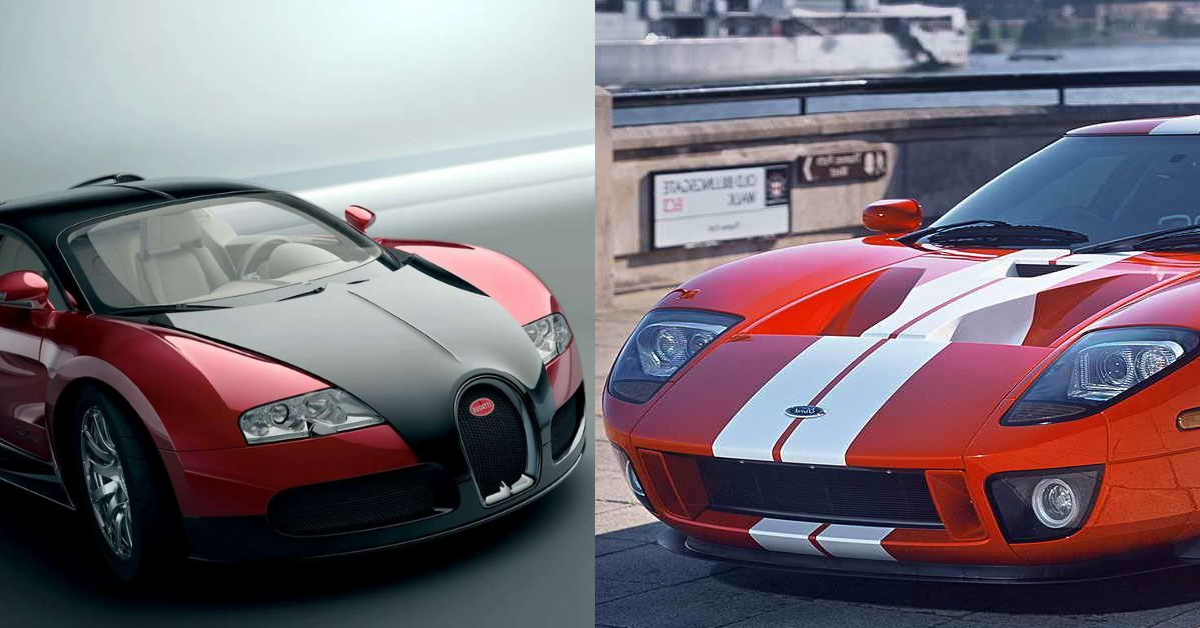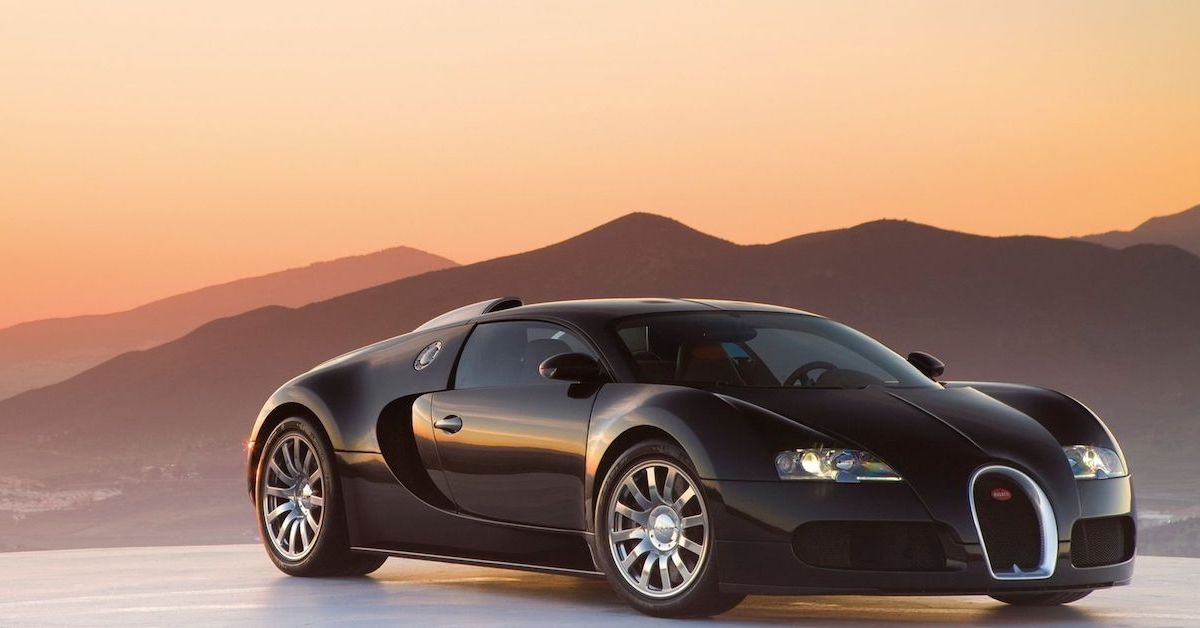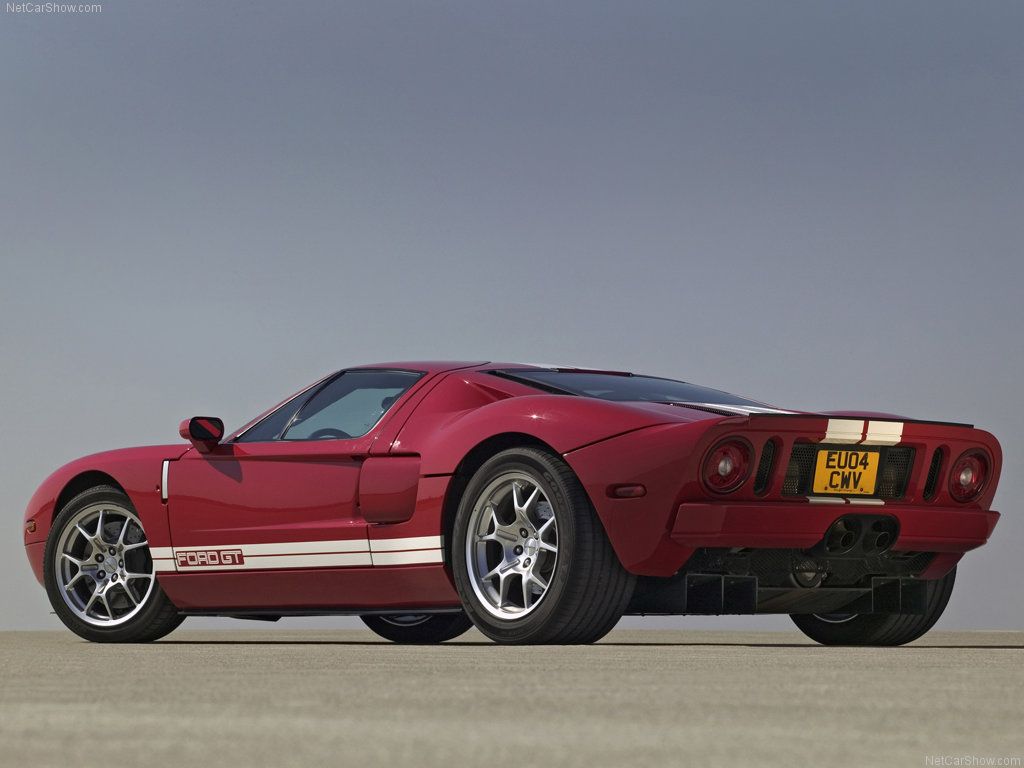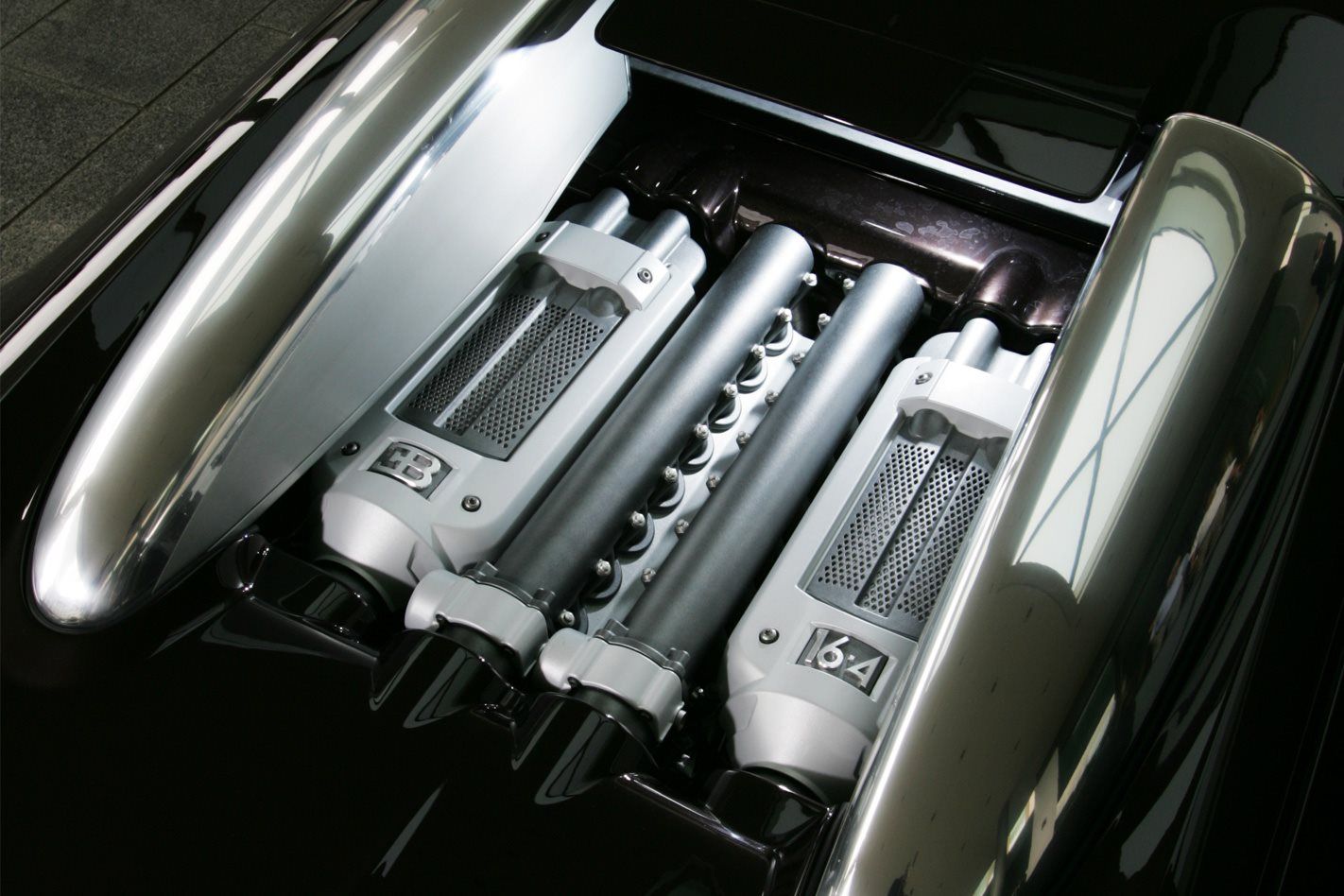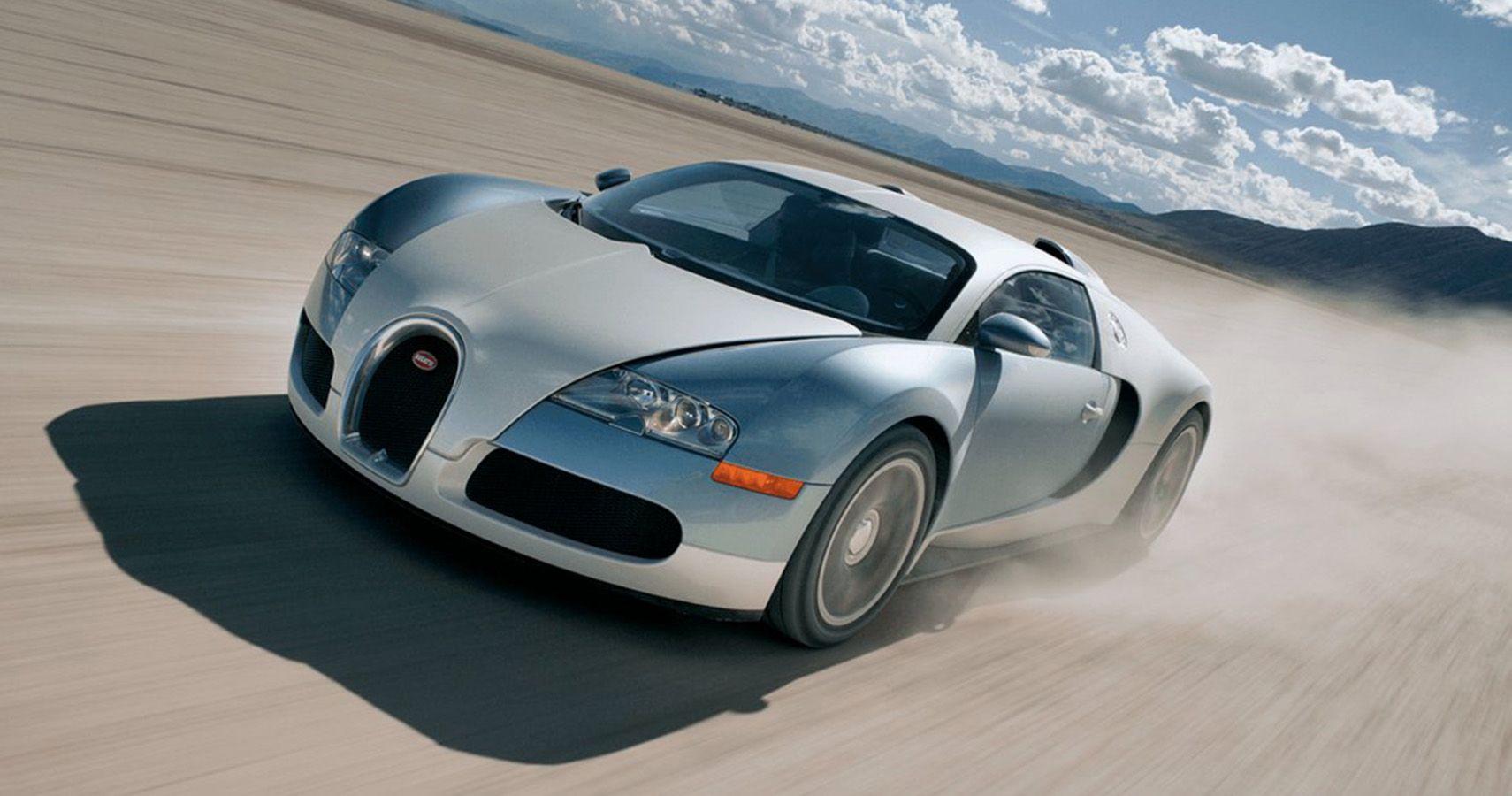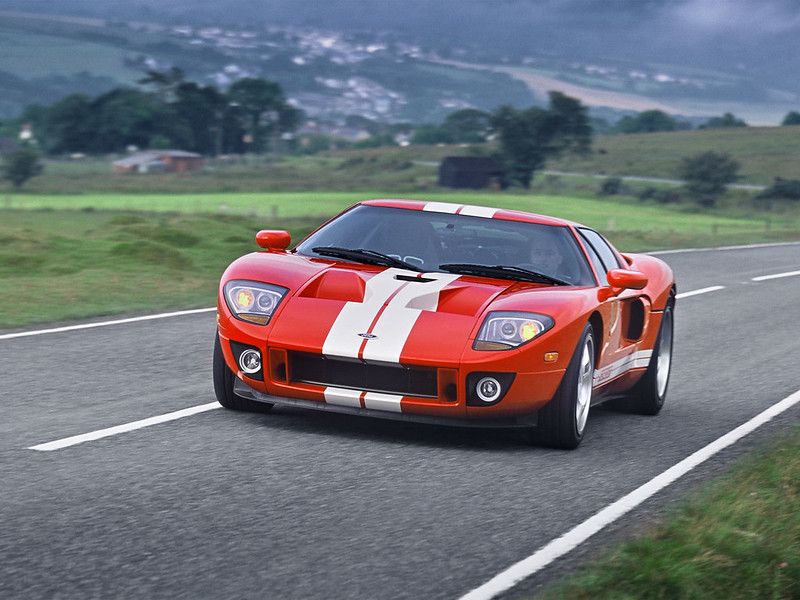The mid-2000s was a time when the automotive scene was lighting up with high-capacity multi-cylinder engineering marvels. Bugatti brought the 1,000 horsepower Veyron, BMW plonked a freaking V10 in the 5-series, and AMG was all about burning rubber.
Amidst all this was the resurrection of an American icon—the Ford GT. Blue oval dropped a bomb when they introduced the new GT at the Detroit auto show back in 2002. Everyone wanted one, and reviewers never stopped raving about it. And that’s despite Jeremy Clarkson’s infamous Ford GT experience.
The GT is, without a doubt, a motoring icon, and so is the Veyron. But why choose these two when the comparison feels very much one-sided?
The reason is— both cars are not just a collection of moving parts. These are venerable nameplates that hold a historical position in the automotive space. The Veyron broke the McLaren F1’s longstanding top speed record, while the Ford GT’s Le Mans-winning racing exercise is perhaps the most talked about event in motorsport history.
Although comparing them may not feel right, it’s worth looking at how they stack up, at least in the name of curiosity.
Bugatti Veyron 16.4 Vs Ford GT: Two Very Different Design Ethos
The Veyron was conceptualized as a comfortable cross-country tourer that could cruise at speeds over 250 mph, i.e., if you can find a road that allows it. Design is striking but not outlandish, unlike, say, a Lamborghini. It's unmistakably a sports car, however, smooth lines and rounded edges gave the Bugatti a classy and unintimidating look.
This is not the case with the Ford GT. Although it’s no example of automotive porn, the design is more purposeful and feels like it's doing 100 mph standing still. But unlike most modern supercars, the GT's looks aren’t complicated, and things are less fussy. You will not mistake the GT for any other car, and it has stood the test of time.
It’s sophisticated, but unlike the Veyron’s all-carbon structure, the GT makes use of aluminum. Bear in mind that the Veyron was a million-dollar car back in 2006, and the GT was one-fifth of that.
Bugatti Veyron 16.4 Vs Ford GT: Mechanical Domination
The 8.0-liter W16 quad-turbocharged motor was an engineering masterstroke from the folks at Molsheim. The engine alone in a Veyron or any Bugatti, for that matter, deserves to be on a mantel. Not only was it incredibly complex, but the engineers managed to package this monstrous engine inside a relatively small shell. And unlike your regular run-of-the-mill Honda, the Veyron had 10 radiators to keep it from overheating.
Power figures are astounding, with the W16 churning out 987 horsepower and 922 lb-ft of torque. The million-dollar Veyron rockets to 60 mph in 2.5 seconds with a top speed of over 253 mph!
By comparison, the Ford GT’s 5.4L engine feels minuscule. Mind you, the engine in question is a supercharged 550 horsepower long-stroke all-American V8. What makes the GT special is how involving it is to drive. The available torque (500 lb-ft) is channeled via a 6-speed manual transmission to the rear wheels only, unlike the all-wheel-drive Veyron.
The GT is all about driving engagement and better suits an enthusiast, while the Veyron is just sheer mechanical brutality. But interestingly, apart from the initial shove, you don’t feel like the car’s doing 200 mph— that’s how effortless the Bugatti is.
Bugatti Veyron 16.4 Vs Ford GT: Oodles of Pedigree
It all started back when Bugatti was up for sale, and Volkswagen AG decided to acquire it. Because Ferdinand Piech was the head of VAG, he insisted that the premier auto brand represent a feat never before achieved in the industry.
Ferdinand Piech was adamant that the Veyron had a top speed of 253.1. Why? Simply because he wanted to take revenge on a certain French company (Renault) that ran 253 mph on the Mulsanne straight, breaking the Porsche 917’s top speed record.
Ford and Caroll Shelby gave enthusiasts goosebumps when three Ford GTs went past the finishing line in 1966. The partnership yielded extraordinary results, and Ford showed their prowess on the racetrack, which greatly disturbed the veteran Ferrari.
Fast forward a few decades, and Ford decided to capitalize on the Le Mans-winning GT moniker. Instilling the same energy, Ford unveiled the GT40 concept in 2002. Even though both cars were visually related, structurally, there was no similarity between the new GT and the '60s GT40 that inspired it.
Both the Veyron and Ford GT have their spot in the automotive hall of fame. While one signified the epitome of engineering, the other was driven with passion and intent.
On paper, the GT is no match for the mighty Bugatti. However, if you get to experience them, you wouldn’t necessarily be disappointed with either. They’re simply that good.

